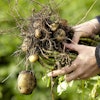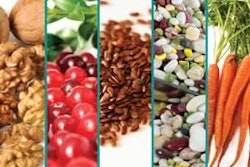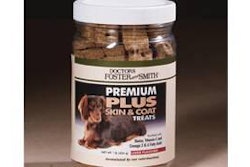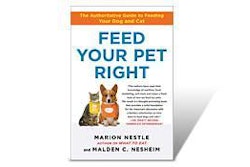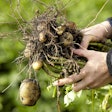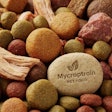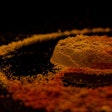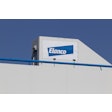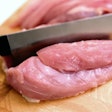Okara is a white or yellowish pulp comprising the insoluble portion of soybeans. It is low in fat, high in fiber and contains protein, calcium, iron and riboflavin. In Japan, okara is mainly obtained from soybeans as soy milk, which is used as the starting material for several foods such as tofu. Okara is used as a human food or livestock feed or is discarded.
This study investigated the influence of dried okara-tempeh on fecal microbiota and metabolites in dogs. Three dried okara-tempehs were given daily to each of six Beagles for two weeks. The concentrations of fecal short-chain fatty acids (SCFA), pH and microbiota were determined.
During intake of the dried okara-tempeh, the level of Bifidobacterium expressed as log 10 number (CFU)/g wet feces was increased significantly, as was the level of Bacillus. Fecal concentrations of total SCFA, acetic acid and propionic acid also increased significantly. Fecal pH decreased significantly.
The findings demonstrate that dried okara-tempeh is effective for improving the fecal environment in dogs and that okara, which is currently discarded, can be used in dog food.
Source : T. Yogo et al., 2011. Influence of dried okara-tempah on the composition and metabolites of fecal microbiota in dogs. Intern J Appl Res Vet Med 9:181-188.

